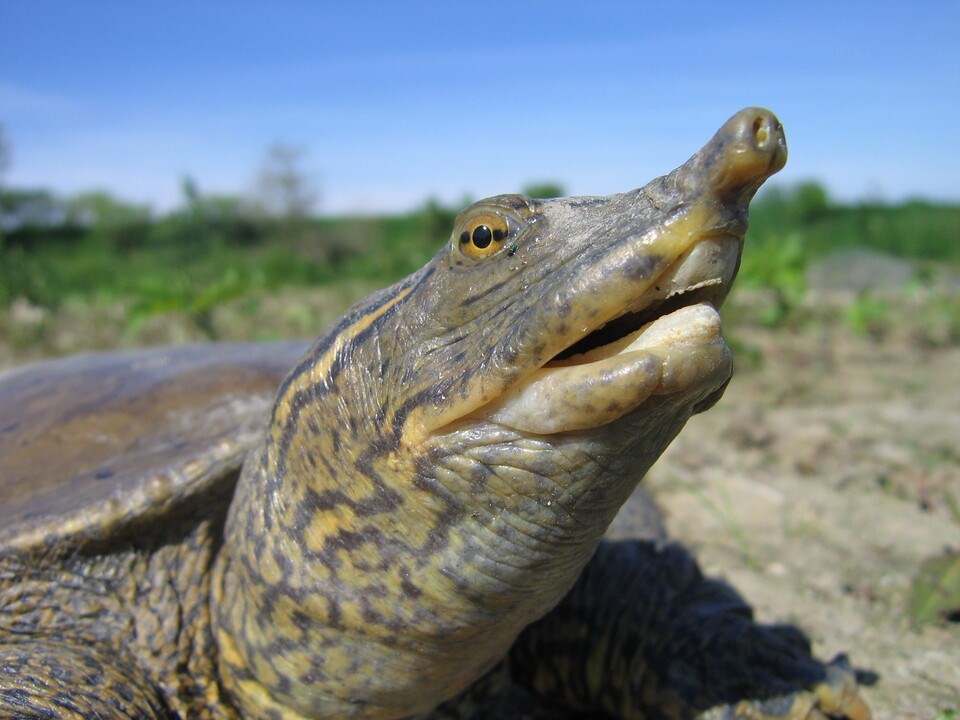Canada’s most genetically distinct land animal is more cold-blooded than the country’s coins would have you believe.
Far from a moose, beaver, or polar bear, a recent published in the journal The Canadian Field-Naturalist has found the country’s most evolutionarily distinct Canadian animal is the , otherwise known as Apalone spinifera.
Simon Fraser University professor of biodiversity Arne Mooers, who led the study, said some of the animals that popped on their list were predictable.
“We knew that turtles were going to be distinctive because they're old. We don't have very many of them. They're not closely related to anything else,” he said.
To carry out their study, Mooers and his colleagues at SFU looked at a global tree of life already compiled by other research teams. From there, they drew a border around the species that fell within Canada, ranking them based on how many millions of years it’s been since they broke off from ancestors still in the country.
The result is a catalogue tracing the evolutionary distinctiveness of nearly a thousand species — including 222 mammals, 674 birds, 48 amphibians and 49 reptiles.
Pouched mammals and nocturnal salamanders
Among mammals, Canada’s only marsupial, the Virginia opossum, was found to be the most genetically distinct of its kind.
Like the spiny softshell turtle, the opposum’s appearance on the list was not surprising, said Mooers, who sits on the Committee on the Status of Endangered Wildlife in Canada.
Evolving in South America, the Virginia opossum crossed into North America when the two continents collided as recently as three million years ago. From there, the animal made its way into Canada — first the East Coast, and more recently, it has been spotted in the B.C. border community of White Rock.
“It’s our only pouched mammal,” said Mooers.
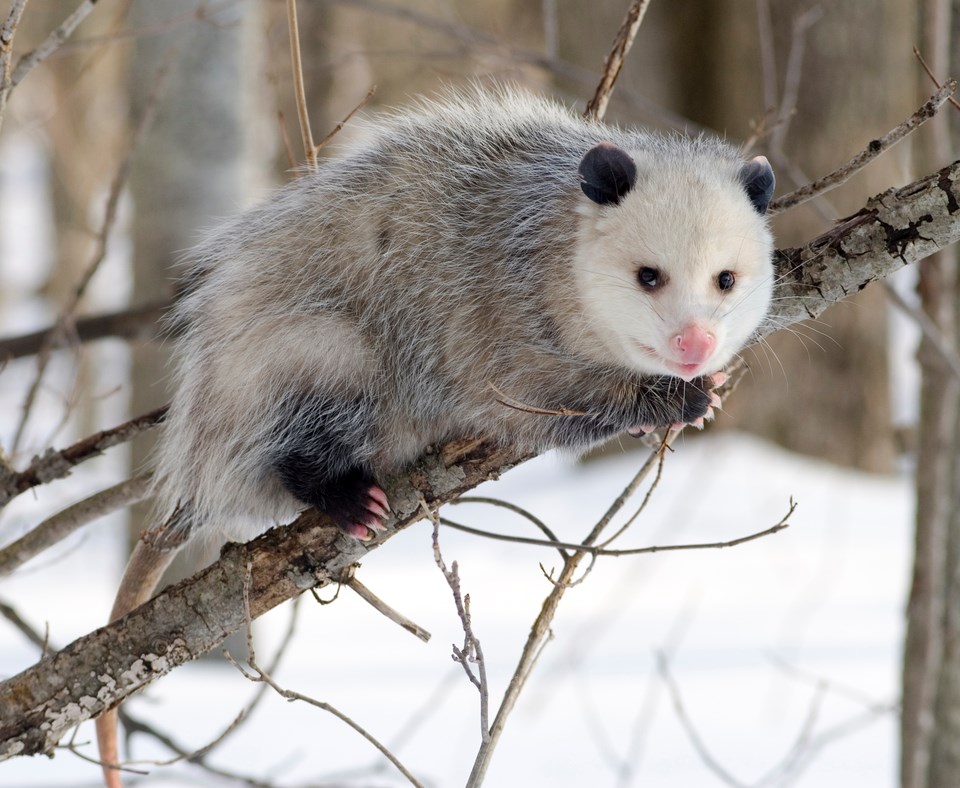
In the sky, the belted kingfisher was crowned Canada’s most iconic bird.
Amphibians and reptiles, meanwhile, dominated other categories of animals with the most genetically distinct members.
A nocturnal amphibian the size of a small cat, the mudpuppy salamander topped its respective list, something that surprised Mooers.
“Not a lot of people know about it because it's nocturnal and spends its entire life underwater,” he said.
“Unless you’re a ice fisher you’ve probably never seen one.”
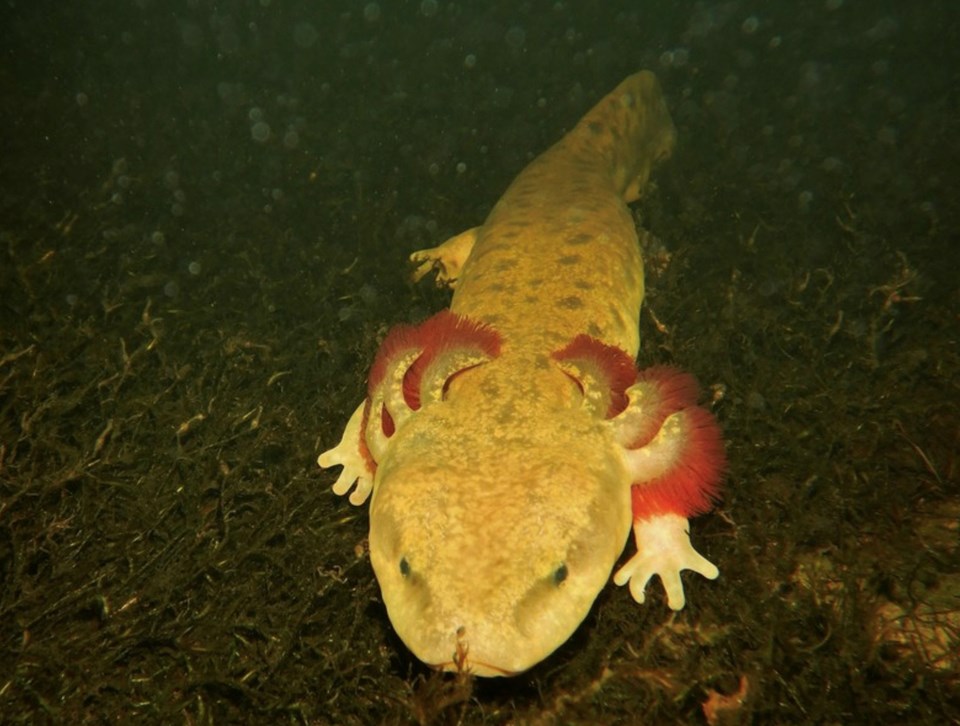
B.C. a hot spot for genetic diversity
The northern alligator lizard, found in southern mainland B.C., Vancouver Island and the Gulf Islands, turned out to be the most genetically distinct of Canada’s reptiles. Mooers also pointed to the second reptile on their list, the northern rubber boa, which can be found across southern B.C. in places such as the Pemberton area and the Sunshine Coast.
Then there are the famous Rocky Mountain and Coastal tailed frogs, and the Coastal giant salamander, number two, three and four on the amphibian list of most genetically isolated Canadian fauna. And, of course, the mountain beaver, added Mooers.
“B.C. actually contains the lion’s share of these most distinct species,” he said.
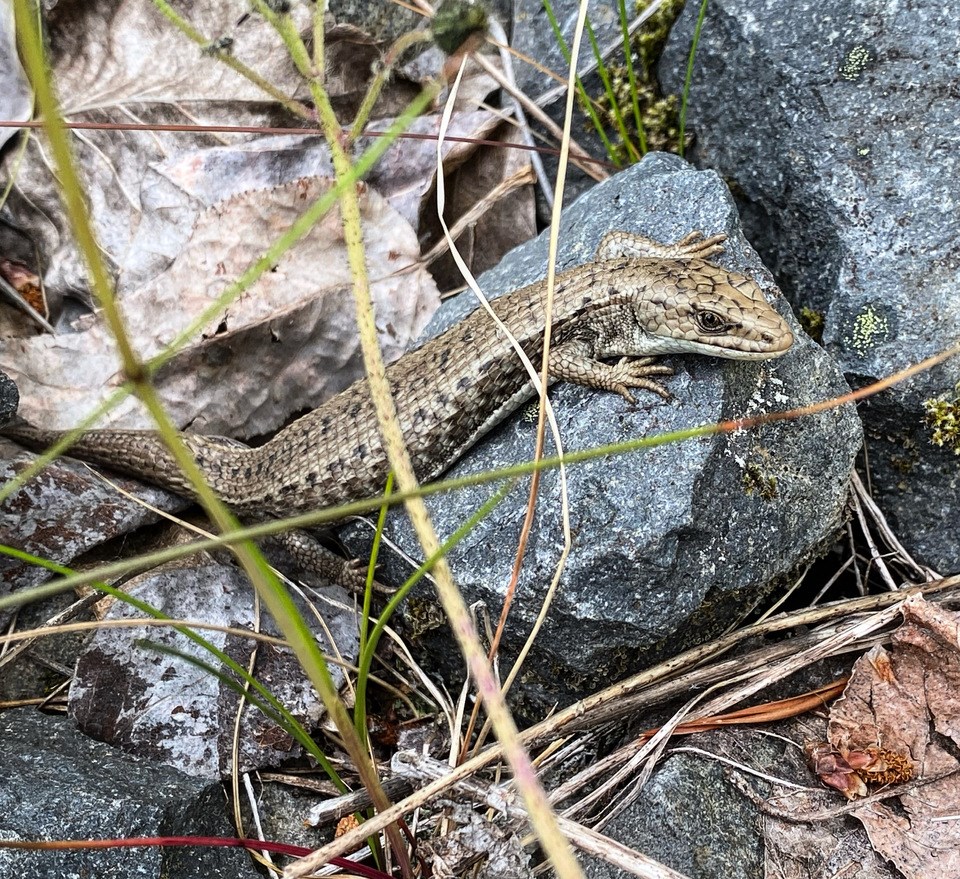
Beyond pure curiosity, asking which species are the most genetically lonely in Canada serves a practical purpose. Evolutionary isolation matters, said Mooers, because in order to preserve the long branches of the tree of life, you need to find its loneliest members occupying the most distant limbs.
“They represent evolution that just isn't found elsewhere,” he said. “They're distinctive.”
A new metric for prioritizing protection of wildlife?
In most countries, including Canada, national borders are used to define what species are at-risk and which should be protected under such laws as the Species at Risk Act.
Mooers said his latest research offers another metric to decide which species should be prioritized for conservation.
“A mouse is a mouse is a mouse. But nothing is like a porcupine,” as he put it.
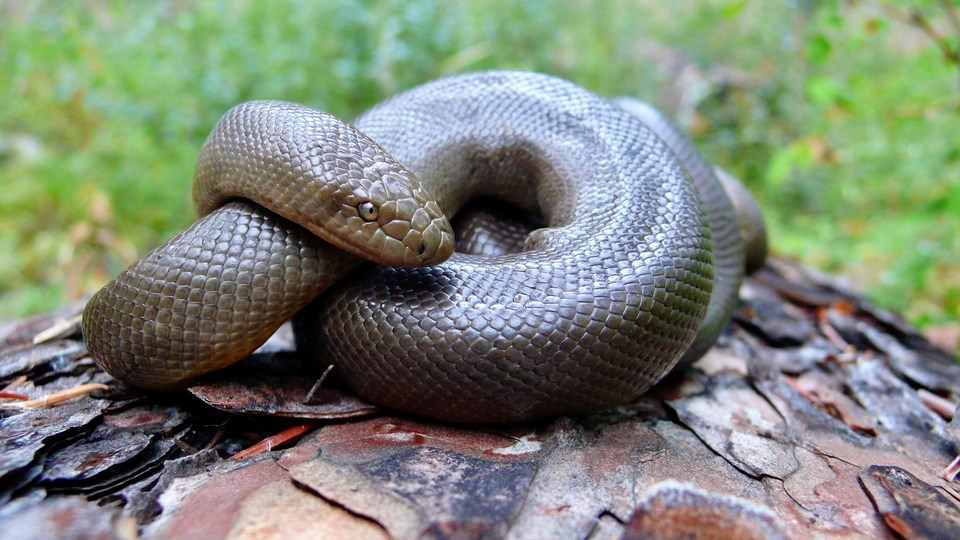
Curiously, the research is also helping reignite another hotly contested debate in the world of conservation. A number of the most genetically lonely species in Canada were found to have been introduced from elsewhere — animals like the European hare and horse.
And while many don’t appear to be threatened elsewhere in the world, there may come a time when a species’ invasive presence in Canada represents one of the last places where it is left alive. That possibility — already a reality in other parts of the world — raises questions about what life is most valuable and what species should be protected first.
“We’ve been moving things around forever,” Mooers said of the planet's fauna. “We should be thinking about this.”
